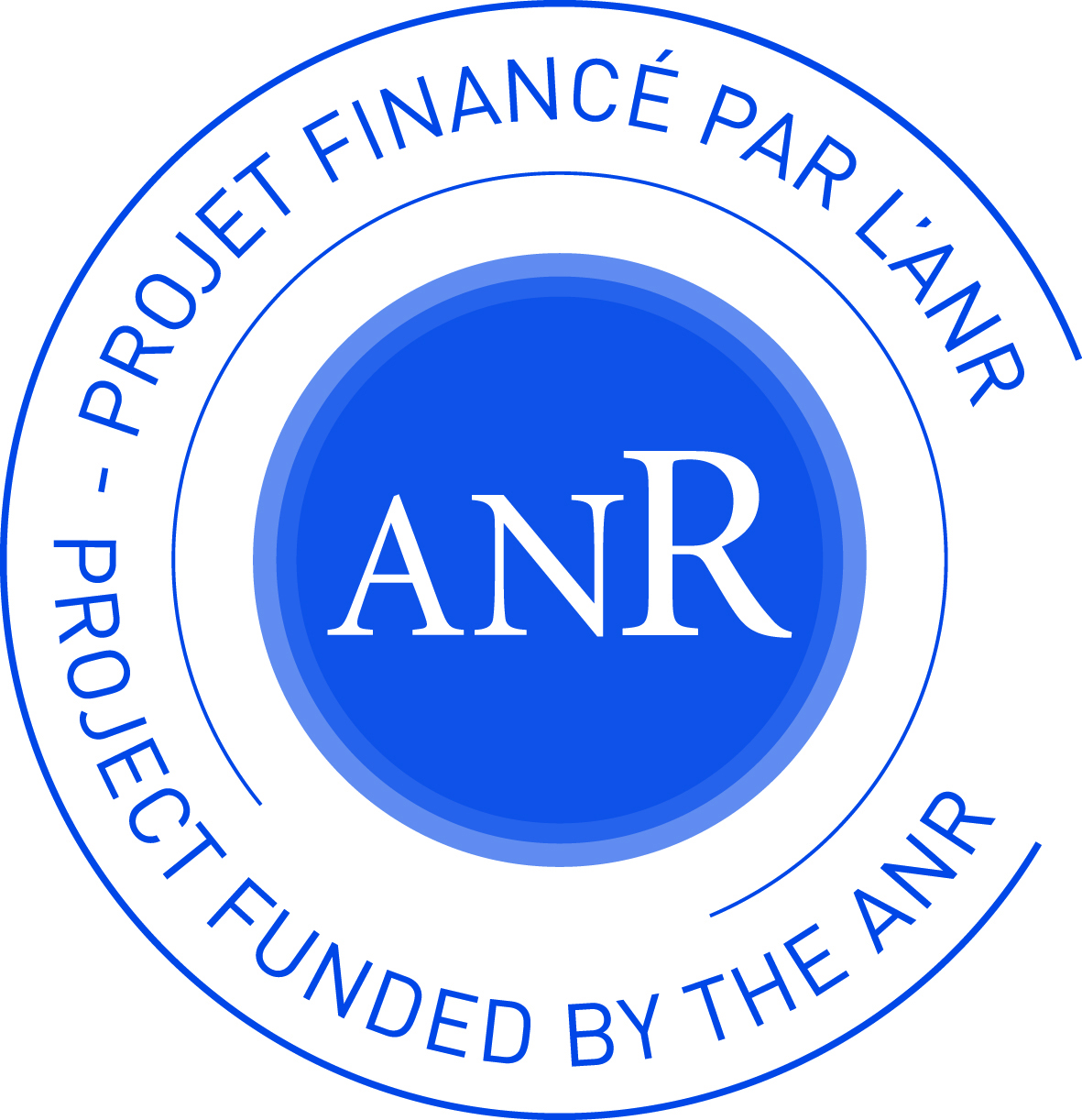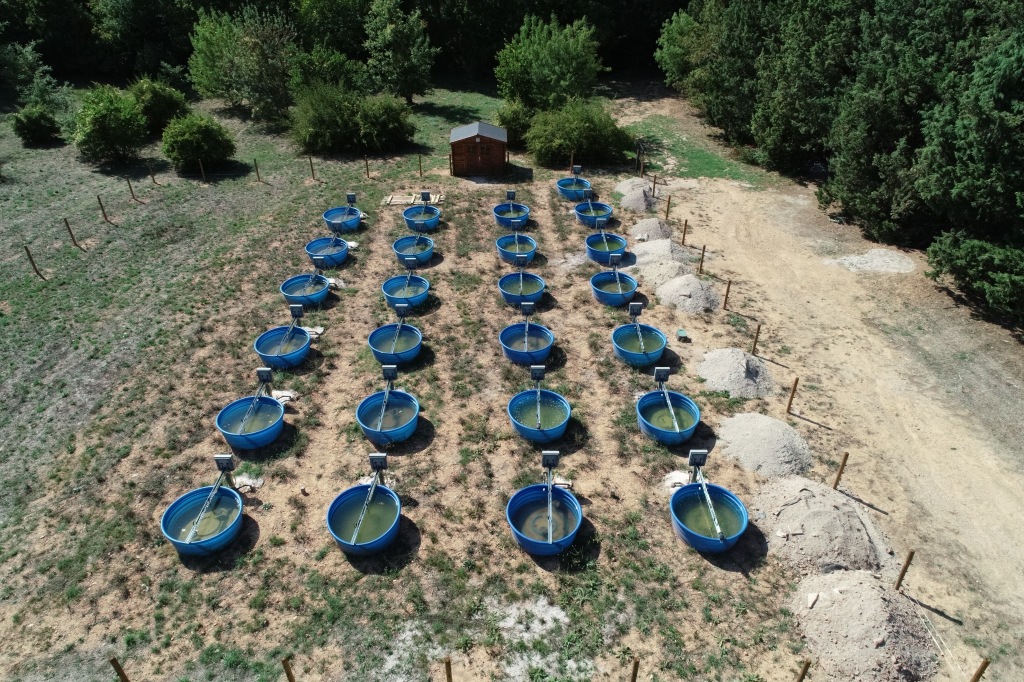
Human activities induce rapid climate change that poses major threats to global biodiversity, ecosystem functions, and ultimately to the fate of mankind. Forecasting and mitigating these detrimental effects is thus an urgent challenge. Warming not only increases the speed of biochemical reactions but also influences the phenotype of species trough plastic or selective processes. Both the very short term, immediate effects (mainly physiological and behavioural responses) and longer-term, lagged effects (phenotypic responses such as body size reduction) can alter species interactions, which can have cascading effects on communities and key ecosystem functions such as primary productivity or nutrient cycling. A better knowledge of how physiological, behavioural and phenotypic responses to temperature can modify species interactions is thus important to better anticipate and manage detrimental consequences of climate change.
Three main types of species responses to climate change have been reported: shifts in geographical ranges, in phenology, and in body sizes1-3. While the first two responses have been studied extensively2, the third has received less attention despite its high prevalence and magnitude since it has been estimated that in aquatic ectotherms body size can reduce up to -8% per °C 4. Previous studies focused mainly on proximal causes of body size changes5,6 and their variability among species and habitats4,7,8. However, the consequences of temperature-size responses for trophic interactions, community dynamics and ecosystem functioning remain largely unexplored. This is puzzling since body size determines many ecological properties including fecundity, behaviour, population growth rate, trophic position, species interactions and community stability9-11. Thus, knowledge of how temperature-induced body size shift modulates the effects of temperature on species interactions is crucial for understanding and predicting climate change impacts on ecological systems.
The extent to which body size decreases with temperature varies between habitats and among trophic levels1,4. Body size reduction appears to be most prevalent at higher trophic levels and the strongest reductions have been reported in large aquatic predators such as predatory fishes3,12,13. Top predator size is an important determinant of food web stability14 and trophic cascade strength15, especially in aquatic food webs that are strongly size-structured and top-down regulated. In a recent theoretical study16, we demonstrated that top predator body size reduction can increase the stability and persistence of a three-trophic food chain under warming by (i) decreasing trophic interaction strength (i.e. the per capita impact of predator on prey population density) and (ii) increasing the top predator energetic efficiency (i.e. ingestion relative to metabolic demand). However, the predictions of this theoretical model remains untested and are limited to oversimplified systems (i.e. trophic chain). Such simplifications are useful to identify the mechanisms driving the observed patterns but may not capture well the complexity of natural communities that are most often species rich. As a result, the ecological consequences of temperature-induced body size reduction for community dynamics and ecosystem functioning remains largely unexplored, both theoretically and empirically. We argue that filling these major fundamental knowledge gaps is an important step for facilitating the integration of a trait-based approach into the climate change research agenda and, ultimately, to ease the detection and mitigation of climate change impacts.
The general objective of the EcoTeBo project is to assess and understand how temperature and top predator body size reduction affect trophic interactions, community dynamics, and ecosystem functioning. While the body size of the other species within the community level are also likely to be affected by temperature, we choose to focus, as a first step, on top predator body size reduction because (i) body size reductions appear to be stronger at high trophic level3,12,13, (ii) top predator body size is an important determinant of food web stability14, especially in aquatic food webs that are strongly size-structured and top-down regulated. Another major advantage of focusing on top predator body size reduction is that EcoTeBo can build on an ongoing experiment on thermal adaption in the medaka fish (Oryzias latipes) by using fishes from “warm” and “cold” populations for which life history and morphological traits have been monitored across generations (see below for more details). This offers a golden opportunity to test for the ecological consequences of top predator body size reduction. Manipulating the thermal history/body size of the other species could be the focus of a larger follow-up project aiming at determining the relative influence of top-down and bottom-up effects using both top predators and primary consumers that have been maintained at different temperatures over generations.

Figure 1. Photograph of the 25 mesocosms installed on the INRAE site in Aix-En-Provence. Each mesocosm contains 1000 L of water. A system of automatons coupled with immersion heaters allows the mesocosms to be heated in a controlled manner. Thus, it is possible to heat each mesocosm by a certain number of degrees compared to a reference mesocosm which follows the natural fluctuations of the Aix-en-Provence climate. This installation therefore makes it possible to test climate warming scenarios (from +1 to + 8 ° C) while maintaining seasonal and daily fluctuations in temperature.